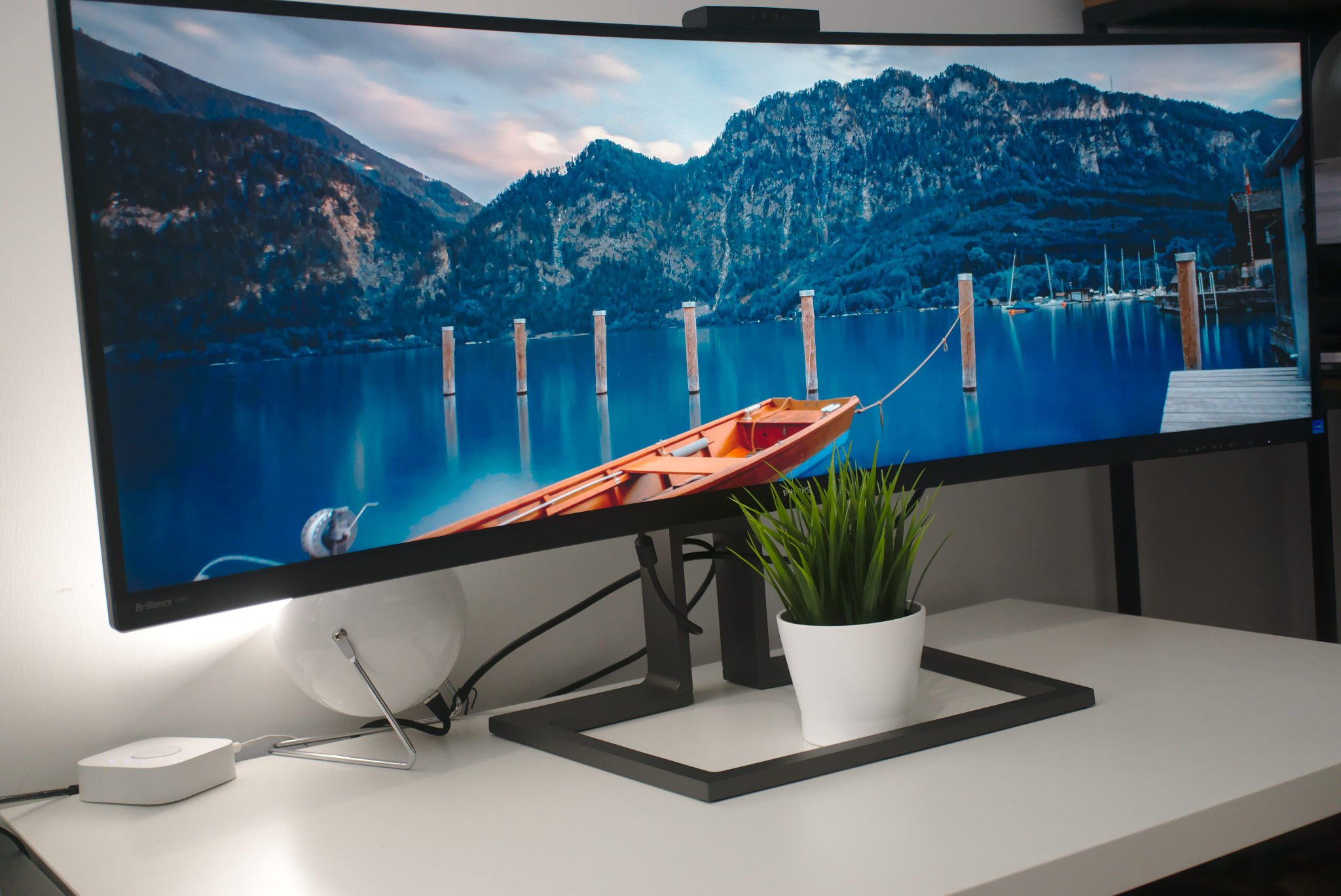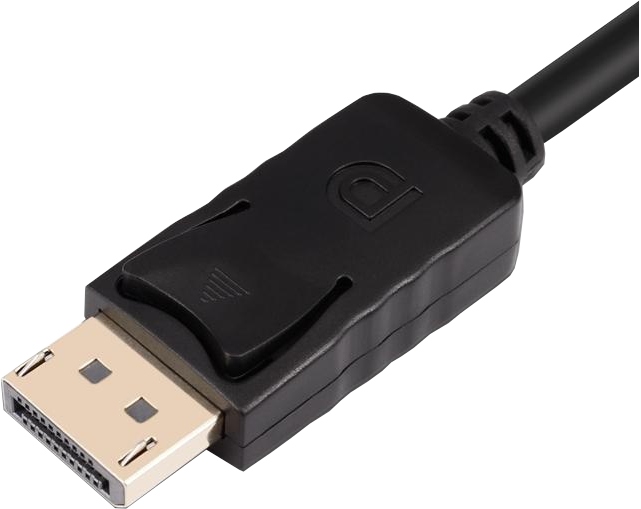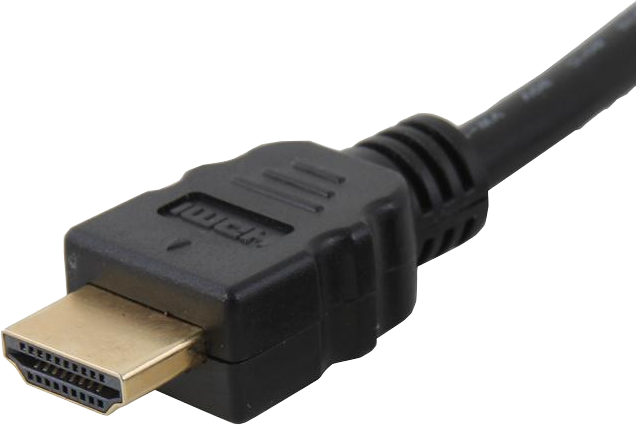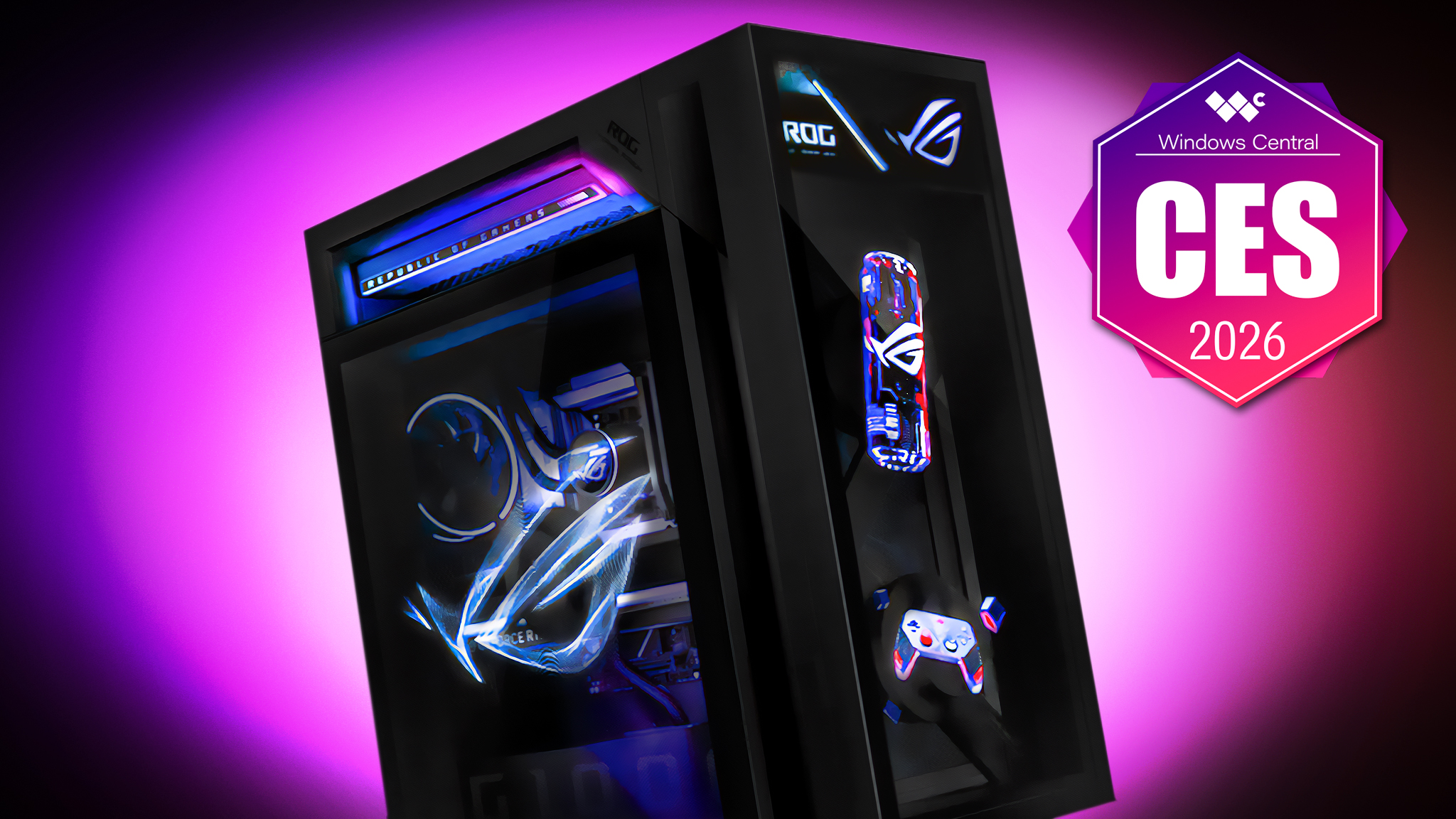HDMI vs. DisplayPort: Which is better for PC gaming?


Butter-smooth Gaming
DisplayPort has been around for some time, and already it's taken the lead in transmission rate, allowing for far higher refresh rates at even 8K. It's just not so good with super-long cables.
Pros
- Far higher transmission rate
- Better support for sync tech
- Connector clips
- AMD FreeSync and NVIDIA G-Sync
- Single port for multiple screens
Cons
- Shorter cabling

Affordable Gaming
HDMI is an excellent standard and is found on most devices with an output, most notably media hubs and boxes. The standard allows for far longer cabling and is ideal for budget builds.
Pros
- Supports longer cabling
- Better for budget builds
Cons
- Lower transmission rate
- No NVIDIA G-Sync
- No connector clips
- Unable to drive multiple screens
Choosing whether DisplayPort or High-Definition Multimedia Interface (HDMI) is better overall is a tough decision since both formats leap over one another with each new version released. As of right now, for gaming, we recommend using DisplayPort for most, if not all, applications. Should you be looking at budget-friendly equipment across the board (GPU and monitor included), HDMI may get you by with 1080p or 1440p gaming.
Since your GPU may only have a select few ports, you could even use HDMI and DisplayPort simultaneously.
Comparing the numbers
Not all HDMI and DisplayPort connections and cables are built the same. Unfortuantely, it's a sea of version numbers that'll require cross-referencing to see what your GPU and monitor comes with, ensuring they're both compatible. A GPU with DisplayPort 2.0 isn't going to do much good with a DisplayPort 1.4-touting monitor, for instance.
The increase in versions usually bring with them enhanced refresh rate support for higher resolutions and boosted transmission rate to handle HDR and other advanced technologies.
| Header Cell - Column 0 | Max Output | Max Transmission Rate |
|---|---|---|
| DisplayPort 1.3 | 1080p @ 360 Hz 1440p @ 240 Hz 4K @ 120 Hz 8K @ 30 Hz | 32 Gbps |
| DisplayPort 1.4 | 1080p @ 360 Hz 1440p @ 240 Hz 4K @ 120 Hz 8K @ 120 Hz | 32 Gbps |
| DisplayPort 2.0 | 1080p @ 360 Hz 1440p @ 240 Hz 4K @ 240 Hz 8K @ 85 Hz 16K @ 60 Hz | 80 Gbps |
| HDMI 1.4 | 1080p @ 120 Hz 1440p @ 75 Hz 4K @ 30 Hz | 10 Gbps |
| HDMI 2.0 | 1080p @ 240 Hz 1440p @ 144 Hz 4K @ 60 Hz 8K @ 30 Hz | 18 Gbps |
| HDMI 2.1 | 1080p @ 240 Hz 1440p @ 385 Hz 4K @ 144 Hz (240 Hz w/DSC) 8K @ 30 Hz (120 Hz w/DSC) | 48 Gbps |
Looking at the table above, it's immediately clear to see the advantages offered by DisplayPort. While HDMI 2.1 can pump out pixels at 8K at 120Hz, while even HDMI 2.1 is only capable at this resolution to handle the same refresh rate with DSC (display stream compression).
But not everyone is going to be gaming at 8K tomorrow, so 1080p and 4K is where it matters more for gamers. 4K on DisplayPort is capable of 240Hz, and 360Hz on 1080p, which is a perfect match for those who are training for esports, and frame rate matters far more than visual candy.
What about Thunderbolt? Is that better than HDMI or DisplayPort? Thunderbolt technically uses DisplayPort, so if you're using USB connections for display output, you're rocking DP. This is also where multiple displays using a single output comes into play for DisplayPort. It's possible to daisy-link up to four screens off a single DisplayPort, something you simply cannot do with HDMI.
All the latest news, reviews, and guides for Windows and Xbox diehards.
Sync your gaming

An advantage DisplayPort has over HDMI is the support for synchronization technology offered by NVIDIA and AMD. Whether you want to use FreeSync or G-Sync monitor, DisplayPort will support both. NVIDIA only supports DisplayPort, so HDMI fans will need to use an AMD GPU and compatible display, or a DisplayPort cable.
HDMI cables are also prone to be knocked out of the port when you're moving things around your PC or monitor. The same fails to happen with DisplayPort cables since they have secure lock clips that maintain the connection. Just remember to press down on the pad before disconnecting it.
If you're all about big-screen gaming, however, HDMI may be the better choice. For consoles, the ability to use longer cabling (up to 30 meters!) is a handy feature for those who need to connect devices that are some ways apart.
DisplayPort is perfect for high-quality gaming
If you want the best of the best, DisplayPort is the choice for you. With the newest release of 2.0, it's possible to hit 85Hz at 8K and 240Hz at 4K with a total transmission rate of 80 Gbps. All this makes for quite the compelling choice for PC gamers.
HDMI is better for budget-friendly PC gaming
HDMI isn't a bad standard per se, but it's outmatched compared to DisplayPort. HDMI works better if you want to pick up a budget-friendly monitor that may not have a DisplayPort input. You will be limited slightly on what refresh rates you can enjoy at specific resolutions, however.

Rich Edmonds was formerly a Senior Editor of PC hardware at Windows Central, covering everything related to PC components and NAS. He's been involved in technology for more than a decade and knows a thing or two about the magic inside a PC chassis. You can follow him on Twitter at @RichEdmonds.
